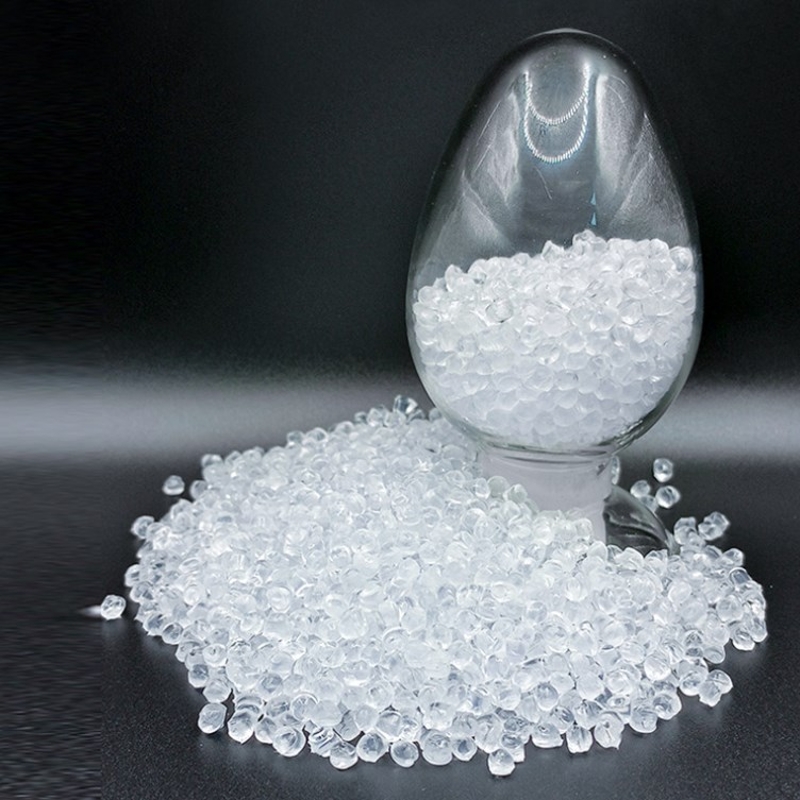-
Categories
-
Pharmaceutical Intermediates
-
Active Pharmaceutical Ingredients
-
Food Additives
- Industrial Coatings
- Agrochemicals
- Dyes and Pigments
- Surfactant
- Flavors and Fragrances
- Chemical Reagents
- Catalyst and Auxiliary
- Natural Products
- Inorganic Chemistry
-
Organic Chemistry
-
Biochemical Engineering
- Analytical Chemistry
-
Cosmetic Ingredient
- Water Treatment Chemical
-
Pharmaceutical Intermediates
Promotion
ECHEMI Mall
Wholesale
Weekly Price
Exhibition
News
-
Trade Service
(+)-Tartaric acid is a white crystalline organic acid that is widely used in the chemical industry.
It is a natural compound that is found in various fruits and wine, and it is also synthetically produced in large quantities for industrial applications.
The chemical formula for (+)-tartaric acid is C4H6O6.
In the chemical industry, (+)-tartaric acid is used as a catalyst and as a building block for the production of a variety of chemicals and products.
One of its most common uses is in the production of synthetic rubbers, where it is used as a catalyst to polymerize monomers into elastic polymers.
It is also used in the production of plastics, dyes, and pharmaceuticals.
In addition to its use as a catalyst, (+)-tartaric acid is also used as an acidifying agent in the food industry.
It is commonly used in the production of candies, jams, and other sweets, where it is added to regulate the pH level and enhance the flavor of the product.
It is also used in the production of wines and other beverages, where it is added to improve the quality and stability of the product.
In the textile industry, (+)-tartaric acid is used as a bleaching agent.
It is added to water and used to bleach cotton and other natural fibers.
It is also used in the production of paper, where it is added to the pulp to improve the brightness and whiteness of the paper.
In the cosmetic industry, (+)-tartaric acid is used as an exfoliating agent.
It is added to skin care products and cleansers to remove dead skin cells and improve the texture and appearance of the skin.
The production of (+)-tartaric acid involves several steps, including the extraction of the acid from natural sources, such as grapes and tamarinds, and the synthesis of the acid through chemical processes.
The process of extraction involves crushing the fruit or vegetable, and then subjecting it to a series of chemical reactions and purification steps to isolate the (+)-tartaric acid.
The synthesis of (+)-tartaric acid involves the reaction of a suitable precursor, such as cyanide, with a suitable acid, such as oxalic acid, to produce the acid.
The production of (+)-tartaric acid is a well-established and well-understood process, and it is widely used in the chemical industry due to its versatility and effectiveness.
However, it is also important to note that the production of (+)-tartaric acid can have potential environmental and health impacts, and therefore, proper safety measures and regulations should be in place to minimize these impacts.
In conclusion, (+)-tartaric acid is an important compound in the chemical industry, and it is widely used in the production of a variety of chemicals and products.
It is also used as an acidifying agent in the food industry, as a bleaching agent in the textile industry, and as an exfoliating agent in the cosmetic industry.
The production of (+)-tartaric acid involves several steps, including extraction from natural sources and synthesis through chemical processes.
However, it is important to ensure proper safety measures and regulations are in place to minimize the potential environmental and health impacts of its production.







